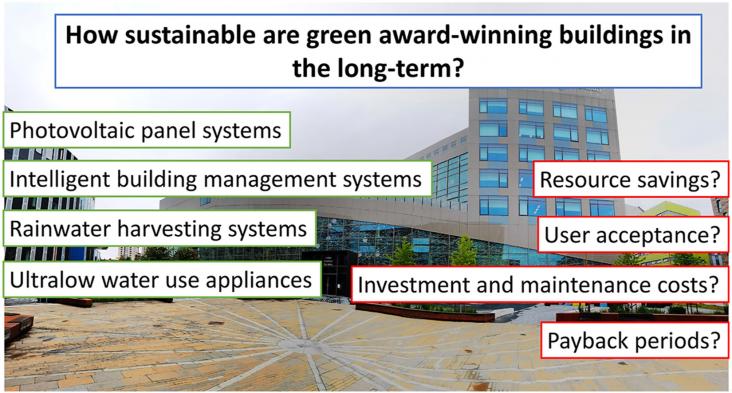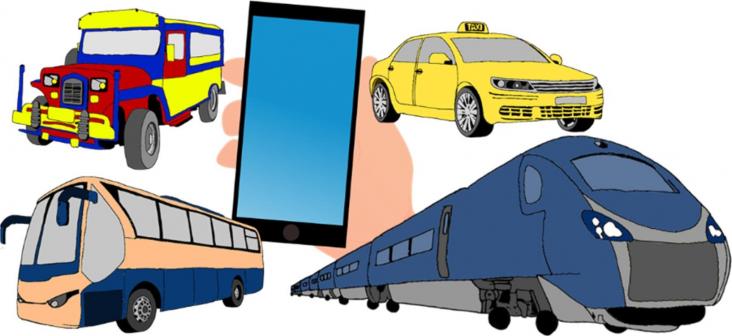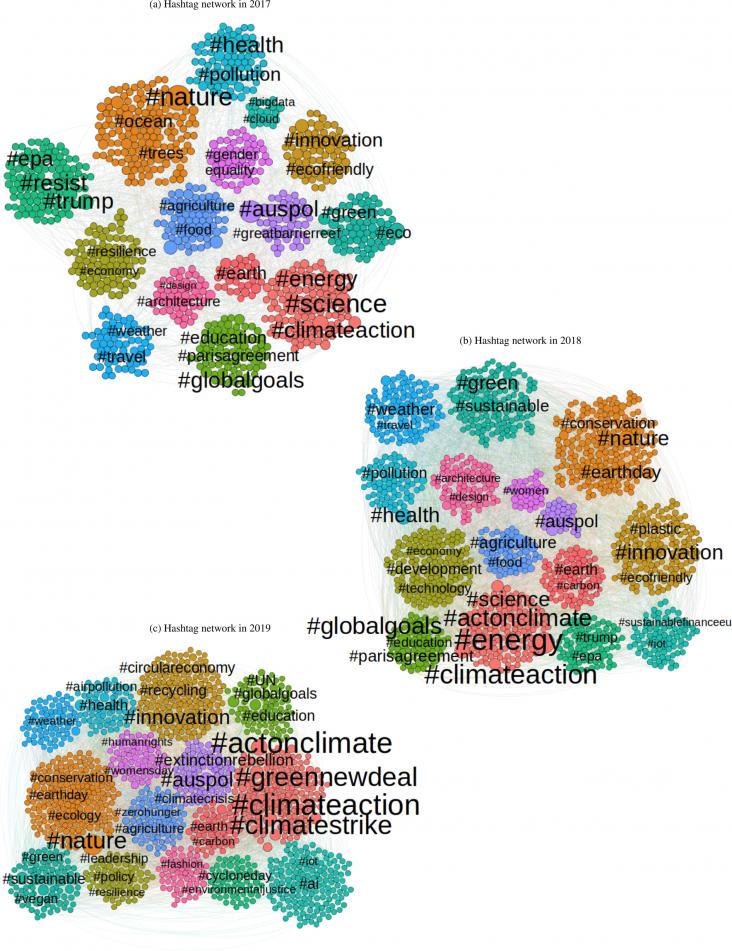The rise of #climateaction in the time of the FridaysForFuture movement: A semantic network analysis
Social Networks, Volume , 2022

Two green gown award winning buildings, built in 2004 and 2017, were investigated. Features include rainwater harvesting, sensing and photovoltaic panel systems. Sustainability features delivered only 28–71% of their potential resource savings. The performance gaps were due to technical, human, and economic factors.
This chapter aligns with Goal 14: Life Below Water and Goal 13: Climate Action by exploring the potential of marine renewables, including wind, wave, and solar, for providing long-term sustainable energy sources.

Mobility as a Service (MaaS) is a recent concept that is gaining momentum in both the scientific world and the private sector.
Internalising health-economic impacts of air pollution into climate policy: a global modelling study
Background: Climate change and air pollution are two major societal problems. Their complex interplay calls for an advanced evaluation framework that can support decision making.
Mitigating and adapting to climate change requires decarbonizing electricity while ensuring resilience of supply, since a warming planet will lead to greater extremes in weather and, plausibly, in pow
The role of science in influencing climate policy.
Mutual understanding is important when trying to make beneficial climate changes.
This chapter advances the UN SDG goals 7, 11, and 12 by reviewing the current state of hydrogen production and markets to determine the most economically viable routes towards introducing clean hydrogen fuel
Elsevier,
3rd Generation Biofuels: Disruptive Technologies to Enable Commercial Production, Volume , 1 January 2022
This chapter advances the UN SDG goals 7, 11, and 12 by envisioning the biodiesel-from-microalgae plant of the future through the exploitation of genetically modified algal strains, renewable (mainly solar) power sources, and wastewater/effluent treatment facilities for nutrient and water supply with a one-step harvesting/lipid process.

